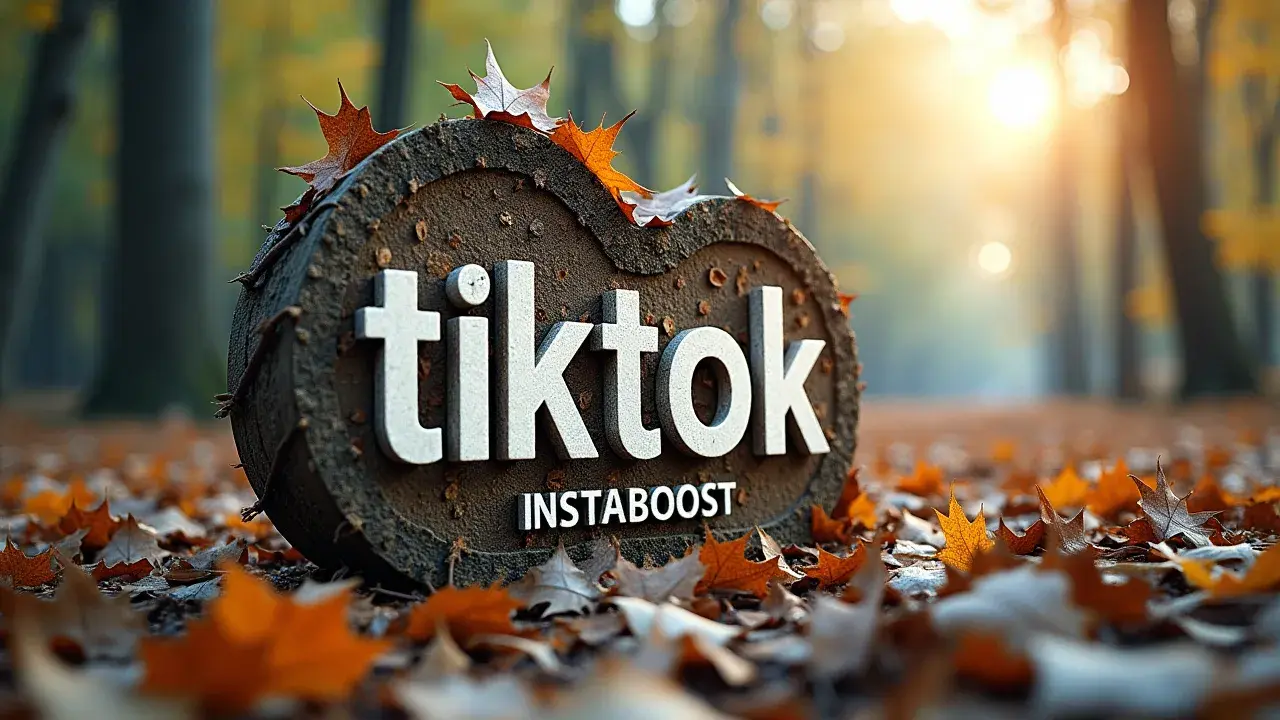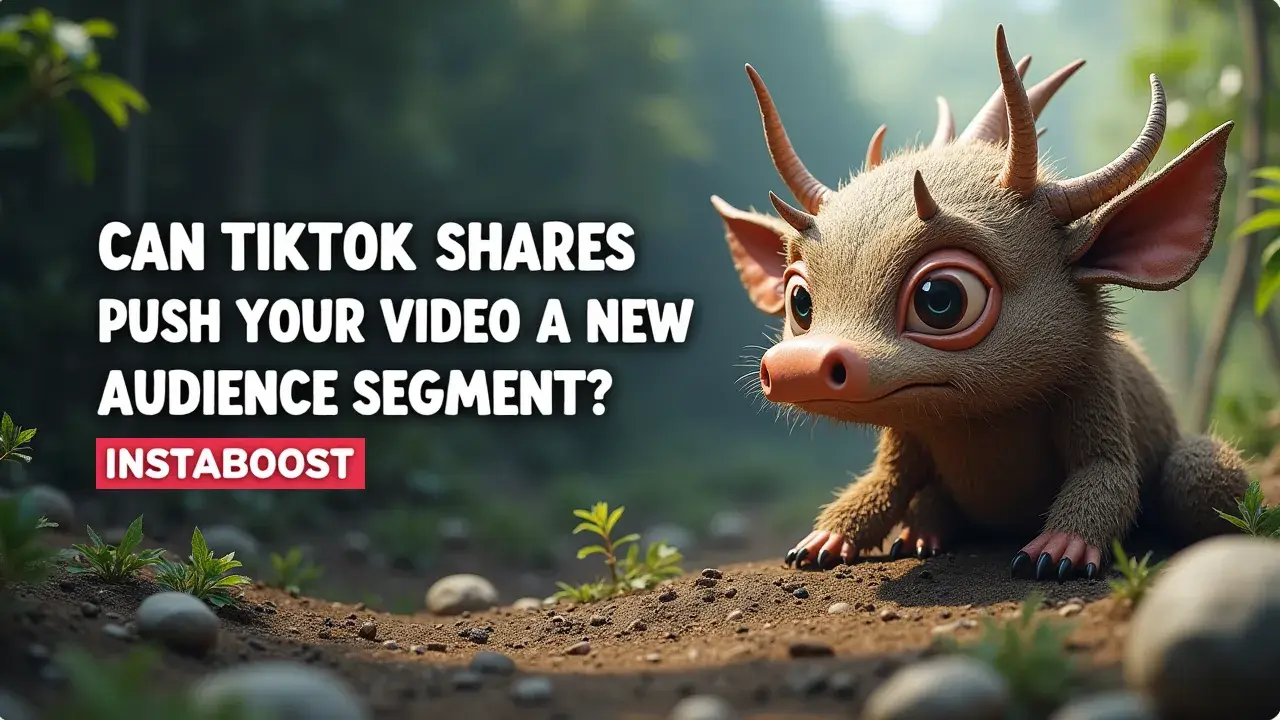Can TikTok Shares Push Your Video Into a New Audience Segment?
Shares can signal strong viewer interest that helps a video reach beyond its initial audience. On TikTok, share activity contributes to FYP testing by indicating value worth trying in adjacent segments, alongside watch time and completion. Shares alone may inflate metrics if other engagement and retention signals are weak, limiting expansion. Focusing on content that earns shares plus solid watch performance is the smart path to unlock new segments.
Shares as Algorithmic Bridges, Not Just Applause
Shares on TikTok look like simple endorsements, but the app treats them more like routing instructions. When someone taps share, TikTok doesn’t only bump a counter; it notes who shared, where it went, and how fast that happened relative to watch time and completion. That context helps the system decide whether your clip stays inside your current viewer cluster or gets tested with a different audience. Think of your followers as a tight interest graph around certain topics. A share from someone inside that graph usually deepens your reach there. A share that hops to another cluster – say, a finance creator sending around your budgeting comedy sketch – can signal relevance outside your usual zone.
That tends to trigger small exploration pushes to people who look like the sharer, not you. Not all shares carry the same weight. Direct shares to DMs, shares to group chats that watch through, and embeds that lead to replays matter more than passive reposts. Timing matters too: early shares paired with strong retention tell the system the clip travels well, so it runs broader A/B tests across lookalike pockets. Making something shareable isn’t about clickbait; it’s about portable context and clean hooks that make forwarding feel useful or worth someone’s name in a group thread. If you want shares to move you into a new segment, focus on explainable relevance – captions and on-screen text that make the point clear to someone cold, plus formats that work outside your niche.
Track share-to-completion ratios alongside reach beyond followers, and watch how comment quality shifts. Those patterns tell you whether you’re getting out of your bubble or echoing inside it. Adding terms people search, like “For You page”, can also help the system match your clip to intent without watering down what you actually make… and tools come and go, but I’ve seen people lean on a few third-party TikTok growth helpers when they’re testing discovery levers, like TikTok growth tools.

Proof That Shares Can Reroute Distribution
Every successful pivot I’ve seen has the same tell: the share graph changes shape. When a video gets passed around inside one circle – friends DM’ing friends who already follow similar creators – you see a lot of repeat viewers and a taller, narrower reach curve. When shares hop across weak ties – someone in beauty drops it into a finance Slack, or a sports fan posts it in a language-learning subreddit – TikTok picks up that jump, matches it with strong completion and quick replays, and starts testing the clip with a new audience segment. This isn’t theory; you can watch it happen. Look at the For You comments: new jargon shows up, questions shift, and bios you don’t recognize start appearing within hours if the algorithm finds “bridge” shares that hold.
Analytics move too: geography spreads out, average age wobbles, and suggested-video surfaces (not the follower feed) start driving more of the views. That’s the sign that shares are acting like routing instructions, not applause. To nudge it along, use share objects that actually travel – open with a hook anyone can grasp, add on-screen text that makes the “send to a friend who – ” case clear, and post when adjacent communities are awake. If your shares only go deeper into the same bubble, you’ll see a higher CTR but no new cluster tests.
If a few credible accounts with different follow graphs share early – and your retention holds – the system pushes the video to a fresh cohort. That’s how shares get you into a new segment, which is why I track “share velocity across weak ties” right next to watch time, looking for that first sideways bump that tells me it’s starting to move... and quick tiktok follower service.
Design Shares That Cross Weak Ties
The goal isn’t more content; it’s more consequence. Treat every TikTok like a clear explanation someone can drop into a group where they’re the only bridge. Aim for shares across weak ties, not just likes from the same followers. Give each video one forwardable angle: a crisp takeaway, a surprising stat, or a before/after that helps the sharer look useful in a different niche. Add a simple line that scripts the share – “Send this to the friend who…” or “This is why beauty people should care about finance” – so it routes across domains. Make the first three seconds easy to read without sound and with captions, so it survives DM previews and embeds.
Keep it modular: one standalone idea that doesn’t rely on your back catalog. Post when adjacent communities are active; if you’re in beauty but want productivity folks, schedule when that tag is busy. After you publish, seed a couple of bridge comments that frame the clip for new segments (“For teachers: this works with lesson hooks”).
Then watch the analytics: if reach climbs but unique viewers don’t, your shares are bouncing inside the same circle. If completion stays steady while geography, language, or interest labels diversify, you’ve hit testing in a new segment. I keep coming back to weak tie diffusion and how people quietly signal trust with small things like build trust with tiktok likes; the pattern shows up before anyone notices the jump. Iterate fast: lean into the share format that caused the jump and cut anything that inflates views without cross‑cluster movement. That’s how shares push your video into new audiences: by making it easy, safe, and reputation‑helping for someone outside your bubble to pass it along.
When Shares Don’t Mean Segments
Not every insight is a breakthrough. Shares can be loud without moving your video into a new audience, which matters if you’re relying on TikTok shares to reach fresh segments. A spike in forwarding doesn’t mean you’ve jumped clusters; it can be the same people passing the clip around, which the system reads as density, not diversity. Picture the path: if shares stay inside short edges – group chats, mutuals who already follow your niche – the algorithm learns “more of the same,” not “send this somewhere new.” You’ll see solid reach, but it widens through repeat exposures instead of climbing into new clusters.
You can spot it in the comments that sound like your regulars and a follower source that doesn’t change. That’s why “make it shareable” can backfire: broad prompts like “What do you think?” boost light interaction but give TikTok nothing specific to retrieve against, a trap people fall into when chasing easy tactics like get more views on tiktok. To break out, the share needs something the model can anchor to: a named contrast (“beauty hack that saves finance folks time”), a portable stat someone can quote, or a short explainer that fits another interest graph. Without that bridge, the platform leans on watch time in your own neighborhood. So sanity-check your share plan: who will share it, to whom, and what label would that recipient use to describe it? If you can’t answer in another niche’s vocabulary, you’re optimizing for deepening reach, not discovery. That’s fine for retention, but it won’t unlock new segments or engagement that goes beyond emojis and reactions.
Close the Loop: Turn Shares into Segment Signals
This is the pause between two deeper breaths. If you want shares to push your video into a new audience segment, plan a clear closing move. Treat each post like the first part of a bridge, then use the comments and your next upload to confirm the crossing. In the comments, ask, “Where did this find you?” or “What niche are you in?” Not for vanity – so you can mark the edges. When replies pop up from adjacent niches, pin a few, stitch the strongest one, and title your follow-up for that group: “For fitness coaches who teach online,” “For indie beauty brands,” “For teachers flipping lessons.” In that next video, keep the same takeaway but change the context, so the system sees completion rates across different clusters, not more views from the same pond.
Think of it like conversion work: turn a shareable angle into a shareable format shaped for the new segment. Pair it with small-scale distribution: DM the follow-up to people who named a niche, and drop it into a couple of topic-specific spaces outside your usual circle. You’re telling TikTok, “People like them finish and share this, too.” That’s the difference between stacking views in one pocket and getting real reach. Keep a simple loop in mind: seed, notice, adjust, confirm. Over two or three posts, you’re showing the system that your stuff travels, not just trends. That’s how shares stop being noise and start becoming a map and drive more TikTok engagement with shares.















